Associative Property Worksheets 3rd Grade
Are you a teacher or a parent of a 3rd grade student? If so, you'll be pleased to know that there are plenty of worksheets available to help reinforce the concept of the associative property. Designed specifically for young learners, these worksheets focus on teaching them how to group numbers together in different ways without changing the value of the expression. By practicing the associative property, students can develop a strong understanding of numbers and their relationships, setting a solid foundation for further mathematical understanding.
Table of Images 👆
- Addition Property Worksheets
- Commutative and Associative Properties Worksheets
- Math Properties Worksheets 7th Grade
- Addition Properties 3rd Grade Worksheets
- Math Properties Worksheets 6th Grade
- Division Worksheets 3rd Grade Math Practice
- Math Distributive Property of Multiplication
- Multiplying by 2 Digit Numbers Worksheets
More 3rd Grade Worksheets
Telling Time Worksheets 3rd GradeTime Worksheets for 3rd Grade
3rd Grade Reading Comprehension Worksheets
Multiplication Worksheets for 3rd Grade
3rd Grade Math Division Worksheets Printable
Short Reading Comprehension Worksheets 3rd Grade
Soil Worksheets for 3rd Grade
Cursive Writing Worksheets for 3rd Grade
3rd Grade Multiplication Properties Worksheet
First Day of School Worksheets 3rd Grade
What is the associative property?
The associative property is a mathematical rule that states that the grouping of numbers in an operation does not affect the outcome. In other words, when adding or multiplying a set of numbers, the order in which they are grouped does not change the result. For addition, this property is expressed as (a + b) + c = a + (b + c), and for multiplication, it is expressed as (a * b) * c = a * (b * c).
How does the associative property apply to addition?
The associative property in addition states that changing the grouping of numbers being added does not change the sum. In other words, when adding three or more numbers, the way in which they are grouped does not affect the final result. For example, (2 + 3) + 4 is equal to 2 + (3 + 4), both resulting in 9. This property allows us to regroup numbers without altering the outcome when performing addition operations.
How does the associative property apply to multiplication?
In multiplication, the associative property states that the grouping of factors does not affect the result of the multiplication. This means that when multiplying three or more numbers, you can change the grouping of the numbers without changing the product. For example, (2 x 3) x 4 is equal to 2 x (3 x 4), allowing you to rearrange the factors while maintaining the same result.
Can the associative property be used with subtraction?
No, the associative property cannot be used with subtraction. The associative property states that changing the grouping of numbers in an operation does not change the result, but for subtraction, changing the grouping can result in a different outcome. Subtraction is not associative because changing the grouping of numbers in a subtraction operation changes the order in which the numbers are subtracted and thus changes the result.
Can the associative property be used with division?
No, the associative property cannot be used with division. The associative property states that you can change the grouping of numbers in an operation without changing the result. However, division is not associative because changing the grouping of numbers in a division operation will lead to a different result.
Give an example of using the associative property with addition.
An example of using the associative property with addition is as follows: (2 + 3) + 4 = 2 + (3 + 4). This illustrates that when adding numbers together, the grouping of the numbers does not affect the sum, and you can regroup them however you like without changing the result.
Give an example of using the associative property with multiplication.
An example of using the associative property with multiplication is: (2 x 3) x 4 = 2 x (3 x 4). By rearranging the grouping of the numbers within the multiplication operation, we can see that the result will remain the same regardless of how the numbers are grouped together, demonstrating the associative property of multiplication.
Explain how the associative property helps simplify calculations.
The associative property states that the grouping of numbers in an operation does not affect the result. This property allows us to rearrange the order of operations, which can help simplify calculations by choosing a grouping that makes it easier to compute mentally or on paper. By using the associative property, we can break down complex calculations into smaller, more manageable steps, leading to a more efficient and accurate solution.
Can the associative property be applied to more than two numbers?
Yes, the associative property can be applied to any number of numbers, not just two. This property states that the grouping of numbers in an addition or multiplication operation does not affect the outcome. For example, (a + b) + c = a + (b + c) or (a * b) * c = a * (b * c). This property holds true for any number of numbers being added or multiplied together.
How can the associative property be used to solve word problems?
The associative property states that changing the grouping of numbers in an operation does not change the result. This property can be used to simplify calculations in word problems by rearranging the numbers in a way that makes computations easier. By regrouping the numbers, you can break down the problem into smaller, more manageable steps, which can help to simplify the calculations and arrive at the correct solution efficiently.
Have something to share?
Who is Worksheeto?
At Worksheeto, we are committed to delivering an extensive and varied portfolio of superior quality worksheets, designed to address the educational demands of students, educators, and parents.

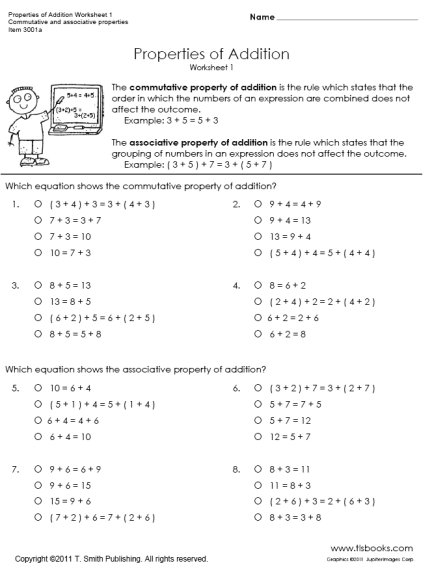



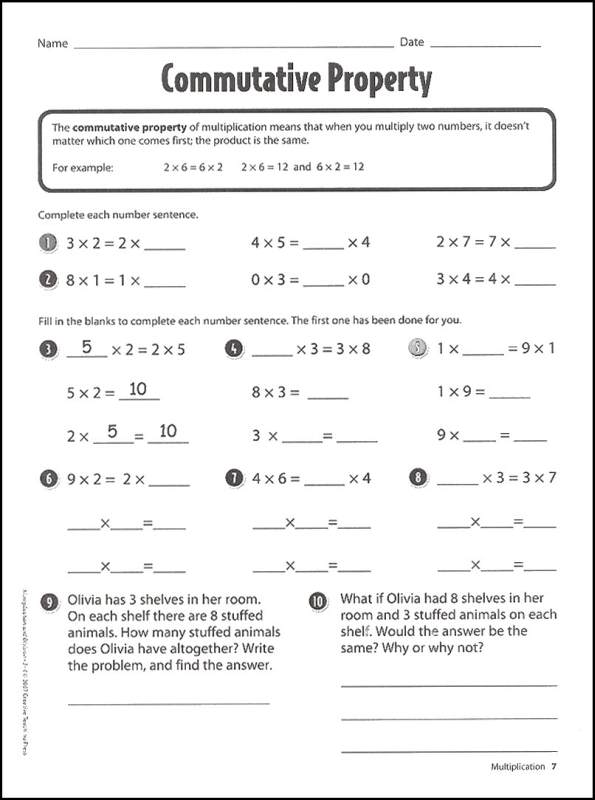
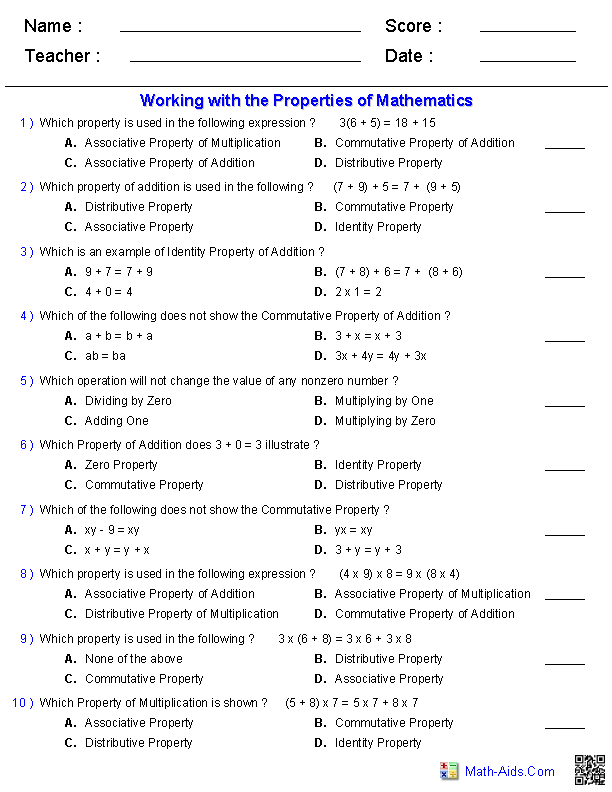


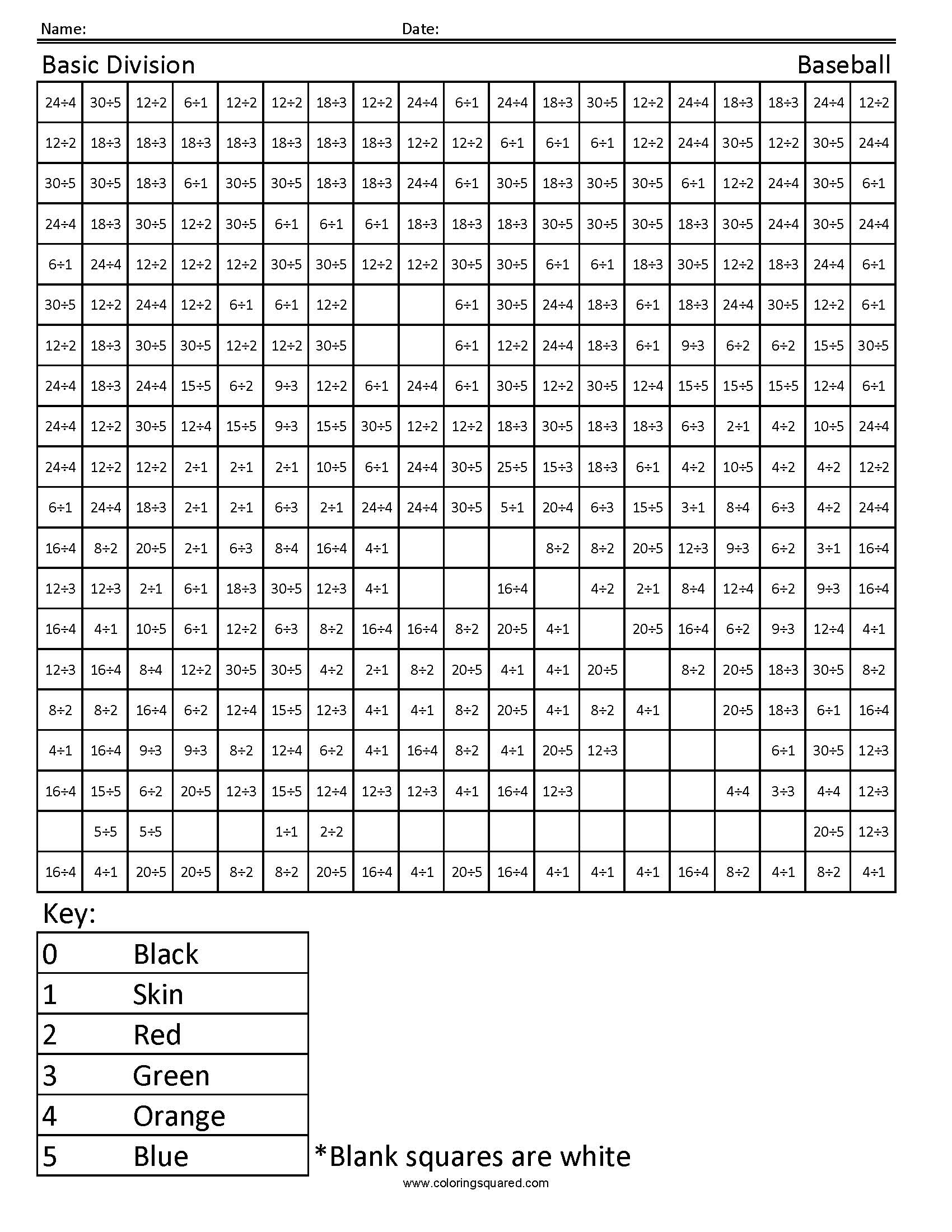
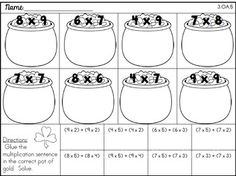

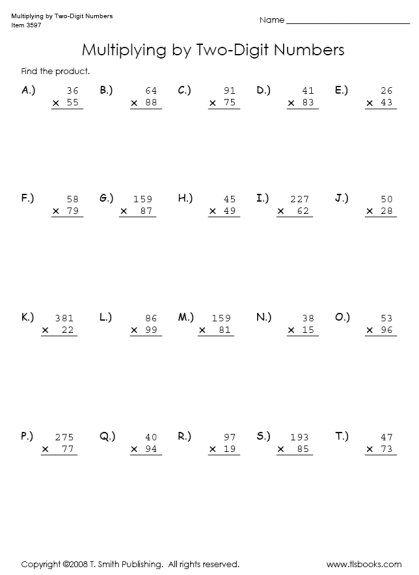
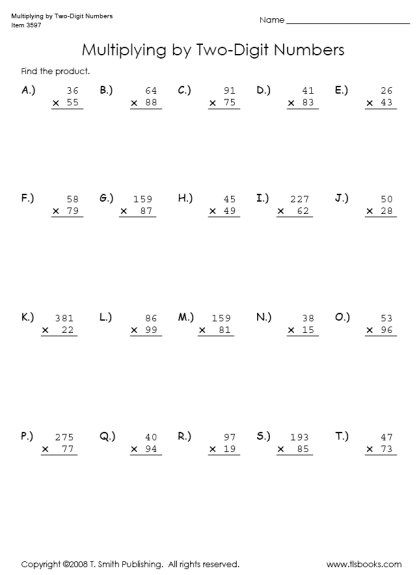

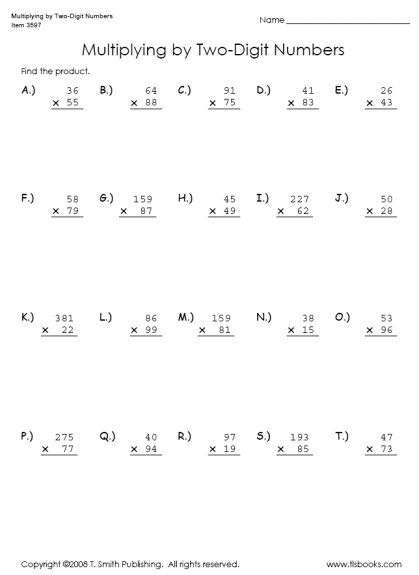
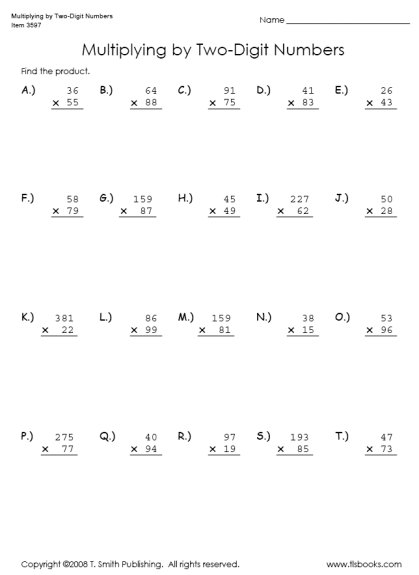

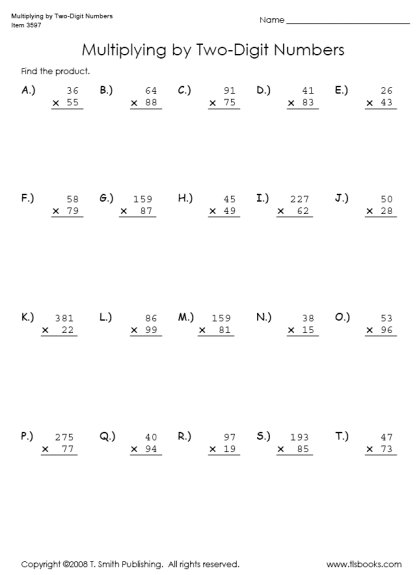
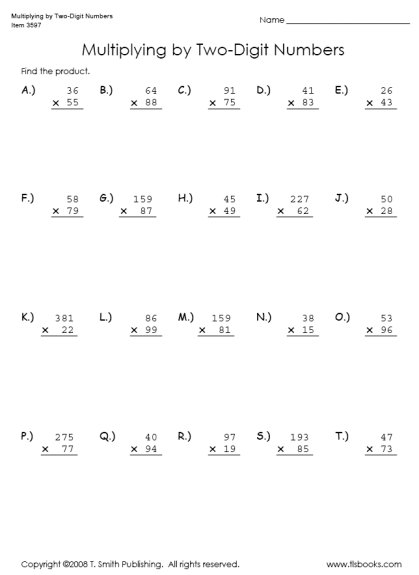
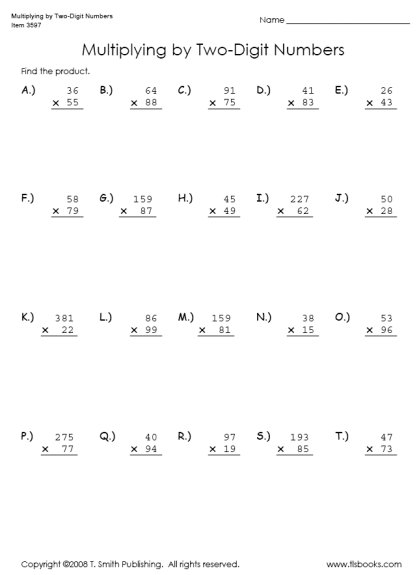














Comments